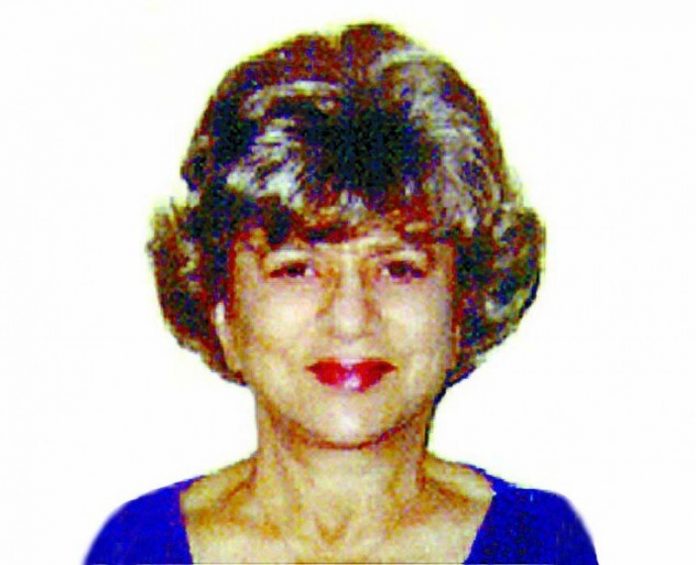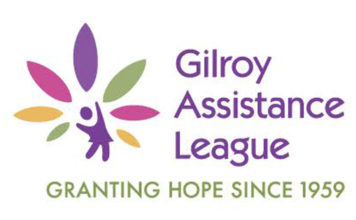The lure of gold
The word “gold” has a glamorous sound! It has power enough to lure thousands of hopefuls to Alaska around the turn of the century, and it meant different things to different people. Some who arrived wanted a fortune- overnight. Some were fleeing the crowded dirty cities and wanted pure clean air to breathe and lots of open space. Many were running from trouble, real or imagined – family, work or financial problems. For some it was the last final hope of finding “success.” A few women, considered very daring at the time, made the adventurous move.
Cynics, workers, adventurers, writers, and opportunists
all poured into the territory. There was plenty of room for them in Alaska. Some lucky few struck gold, but most eventually gave up prospecting and turned to opening shops, restaurants and boarding houses and the fortunate few who knew a basic trade, such as carpentry or plumbing-or had some business sense, found it more lucrative than panning for gold. In 1901 these “sourdoughs” formed the nucleus of many Alaskan towns, including Fairbanks.
The beginning
One of the opportunists was Captain E.T. Barnette. He set out from St. Michael by steamer, traveling up the Yukon River with supplies for his trading post, which he proposed to set up at Tanana Crossing. It was the halfway point on the Valdez-to-Eagle Trail. But the steamer could not navigate the fast moving, shallow Tanana River beyond the mouth of the Chena River. The captain of the steamer finally dropped off the protesting Barnette on the Chena River, near the present site of First Avenue and Cushman Street in downtown Fairbanks.
A year later, an Italian prospector, named Felix Pedro discovered gold a few miles north of Barnette’s temporary trading post. Barnette, quickly abandoned his plan to continue on to Tanana Crossing, and took advantage of the situation and stayed in what was to become a boom town called Fairbanks.
Fairbanks is named
The ensuing gold rush in 1903-04 firmly established the new gold mining community. Judge James Wickersham, a friend of Barnett, named the growing community after Senator Charles Fairbanks of Indiana, who later became Vice President of the United States under Theodore Roosevelt.
The town became an administrative center in 1903 when Judge Wickersham moved the headquarters of his Third Judicial District Court – a district which encompassed 300,000 square miles from Eagle to Fairbanks.
The new name, Fairbanks, first appeared in the U.S. census in 1910 with a population of 3,541. Miners living beside their claims on creeks north of town brought the area population figure to about 11,000.
Barnette stayed in Fairbanks, wheeling and dealing and serving as mayor until 1911, when his Washington-Alaska Bank failed. Needless to say Mr. Barnette hastily departed Fairbanks, and his story for anyone interested is told in a book called E.T. Barnette, “The Strange Story of the Man Who Founded Fairbanks”.
Highways, parks and mountains
Fairbanks is Alaska’s second-largest city, unofficial capitol of the Interior and northern terminus of the Richardson-Alaska Highway. Fairbanks lies on the flat floor of the Tanana River valley on the banks of the Chena River. The city is bounded on the north, east and west by low rolling hills of birch and white spruce. To the south is the Alaska Range and Denali National Park, about a three hour drive via the George Parks Highway. The Steese and Elliott highways lead north from Fairbanks to the White Mountains.
Pipelines, riverboats, sled dog racing and baseball at midnight
There are many colorful annual events in Fairbanks and many unique things to do and see. The Trans-Alaska pipeline is about a 10 mile drive north from downtown on the Steese Highway. The riverboat Discovery offer daily cruises down the Chena and Tanana Rivers. The best spot to view Mount McKinley is from the formidable 2,250 acre University of Alaska campus where a turnoff and a marker define the glorious horizon view of the 20,000 foot plus famous Mountain.
Sled dog racing demonstrations are held in the evenings in summer and Fairbanks hosts several sled dog races during March. The Midnight Sun Festival is held on around the 21st of June, when the gold panniers play baseball at midnight and one can take photos as if it were noon. Depending on the time of the year you can go biking golfing, biking, fishing, and ice skating. You can charter a small plane for flight-seeing, fly-in fishing and hunting trips and trips to bush villages. For a unique holiday, something a little different, try Fairbanks.
For a free Fairbanks Visitors Guide visit www.travelalaska.com.
HOW TO GET THERE
You can get to Fairbanks, Alaska by air, land-camper or car and cruising.
Your best bet is to contact a reliable travel consultant for the best rates and packages.











